With the rise of online shopping, catalogs are becoming major communication tools for business owners who are turning to e-commerce. Catalogs are powerful sales support tools for retailers wishing to reach their readership.
The quest for clarity for easy reading is based on a synthetic and uniform presentation of the product ranges. Making the right choices between several products, marketing slogans, more or less descriptive text, and illustrations to optimize costs by page.
- B2B companies prefer detailed information on each product’s characteristics, usually controlled by the Product Manager. Therefore, tables must be scaled to display only the relevant characteristics out of all the existing ones (sometimes hundreds or even tens of thousands).
- B2C companies focus on emotion using visuals selected by an Artistic Director and catchy texts written by dedicated Editors. Cross tables display product references available for ordering. The more information displayed in tables, the better the space for illustrations will be.
How to automate the generation of tables?
Along with the price information, tables are highly impacted by the product selection and references, as they vary considerably during the period between the beginning of the catalog production and the delivery to the printer.
From experience, the revision cycle represents two thirds of the production time. It is unthinkable having to proofread all the tables at every change to verify that the references and prices are correct.
Thus, a solution such as Publish-In Simple Workspace is necessary to automate the construction and updating of tables during production.
Critical to this is the ability to manage information prior to page production.
With Publish-In Simple Workspace, the typical scenario is the following:
- Based on references (or SKUs) automatically retrieved from a PIM / MDM such as Stibo’s, Product Managers select the references to be published.
- Product Managers then choose the product characteristics to be published. The list is updated according to the chosen product references.
- The last stage for Product Managers: define how to present the table, which groups to make. Whether to group on a color, size or make a cross table?
Once these selections are made, the J2S composition engine takes over to drive InDesign Server in order to generate or update the table layout that users can view before validating.
Richard Loubéjac,
Co-founder of J2S
*
![]() The J2S publishing solution was a real innovation. I must admit that I was impressed by its design and innovative concept, its intuitive interface and its performance.**The most surprising aspect is undoubtedly the table building engine. Very few solutions on the market offer this ease of use and flexibility.*Describing tables becomes child’s play and takes no time!
The J2S publishing solution was a real innovation. I must admit that I was impressed by its design and innovative concept, its intuitive interface and its performance.**The most surprising aspect is undoubtedly the table building engine. Very few solutions on the market offer this ease of use and flexibility.*Describing tables becomes child’s play and takes no time!
Matthieu Perrot
The Ceitis Company: Senior Consultant in Business Analysis and Expert
in publishing for business organizations.











